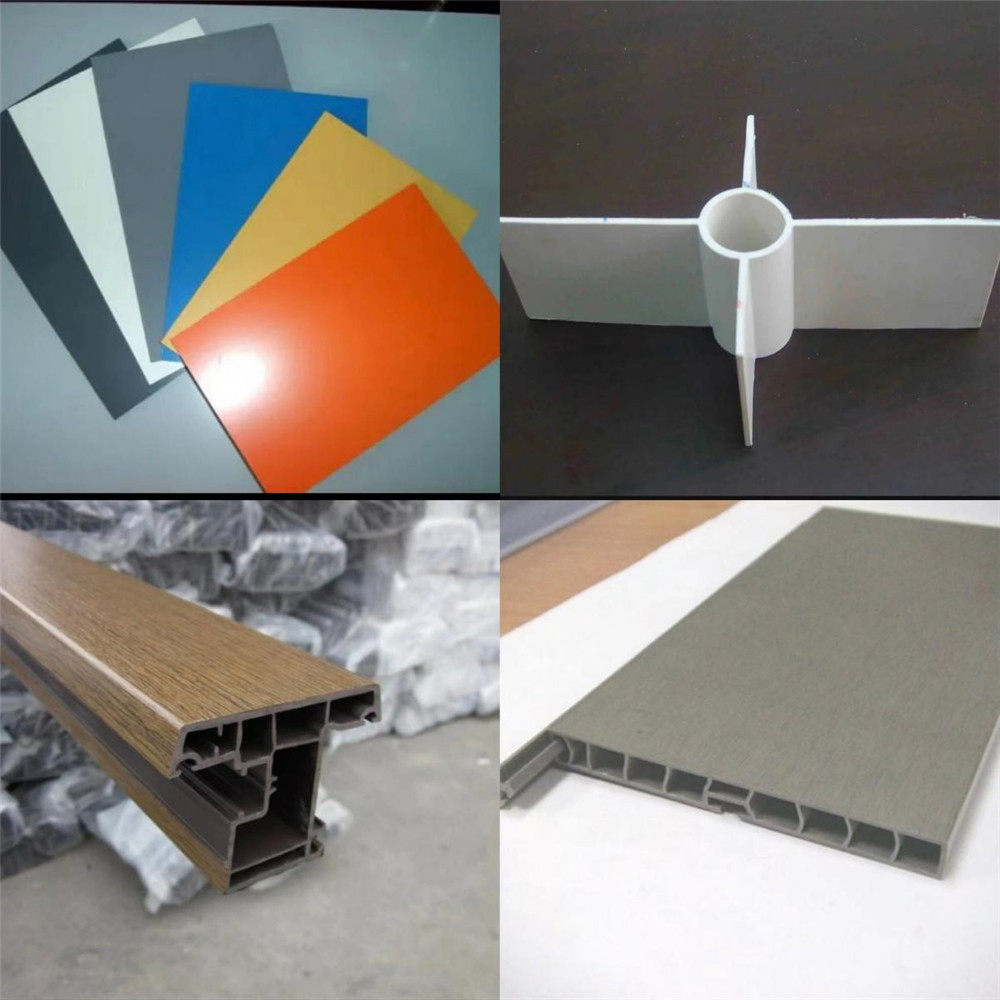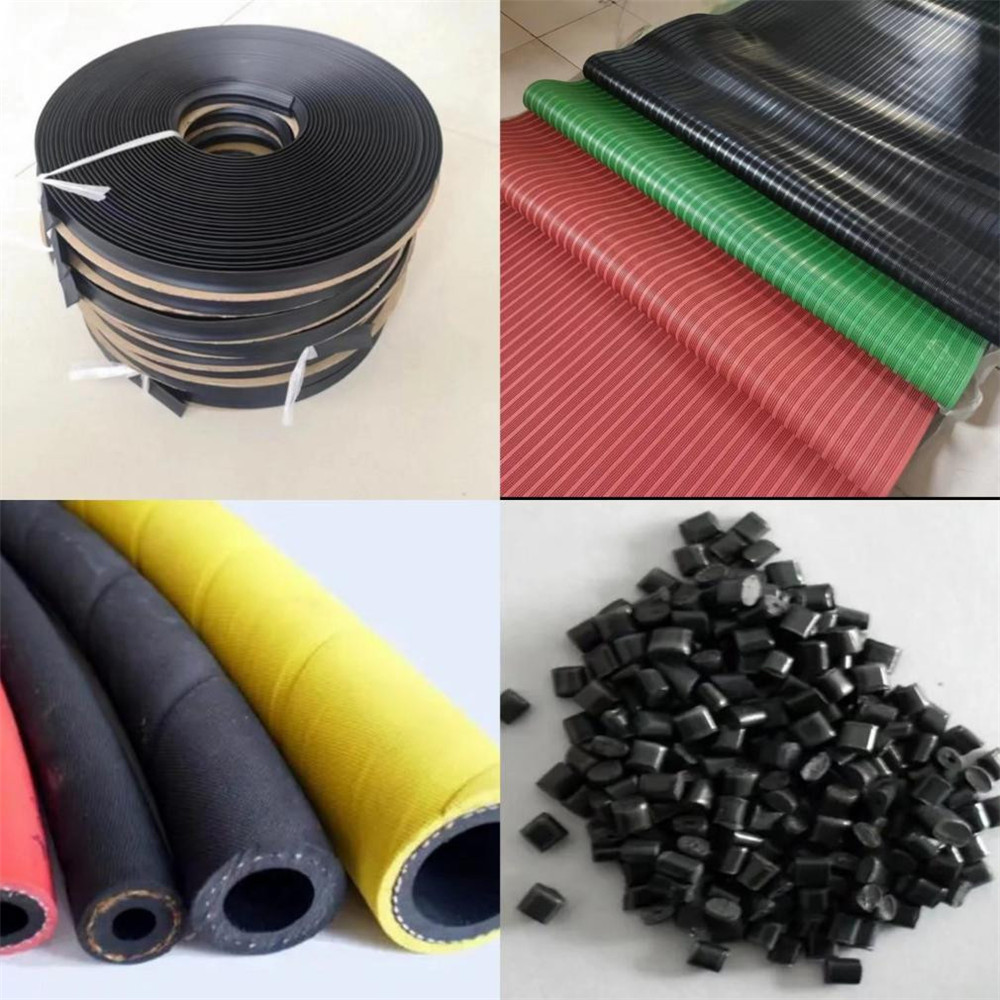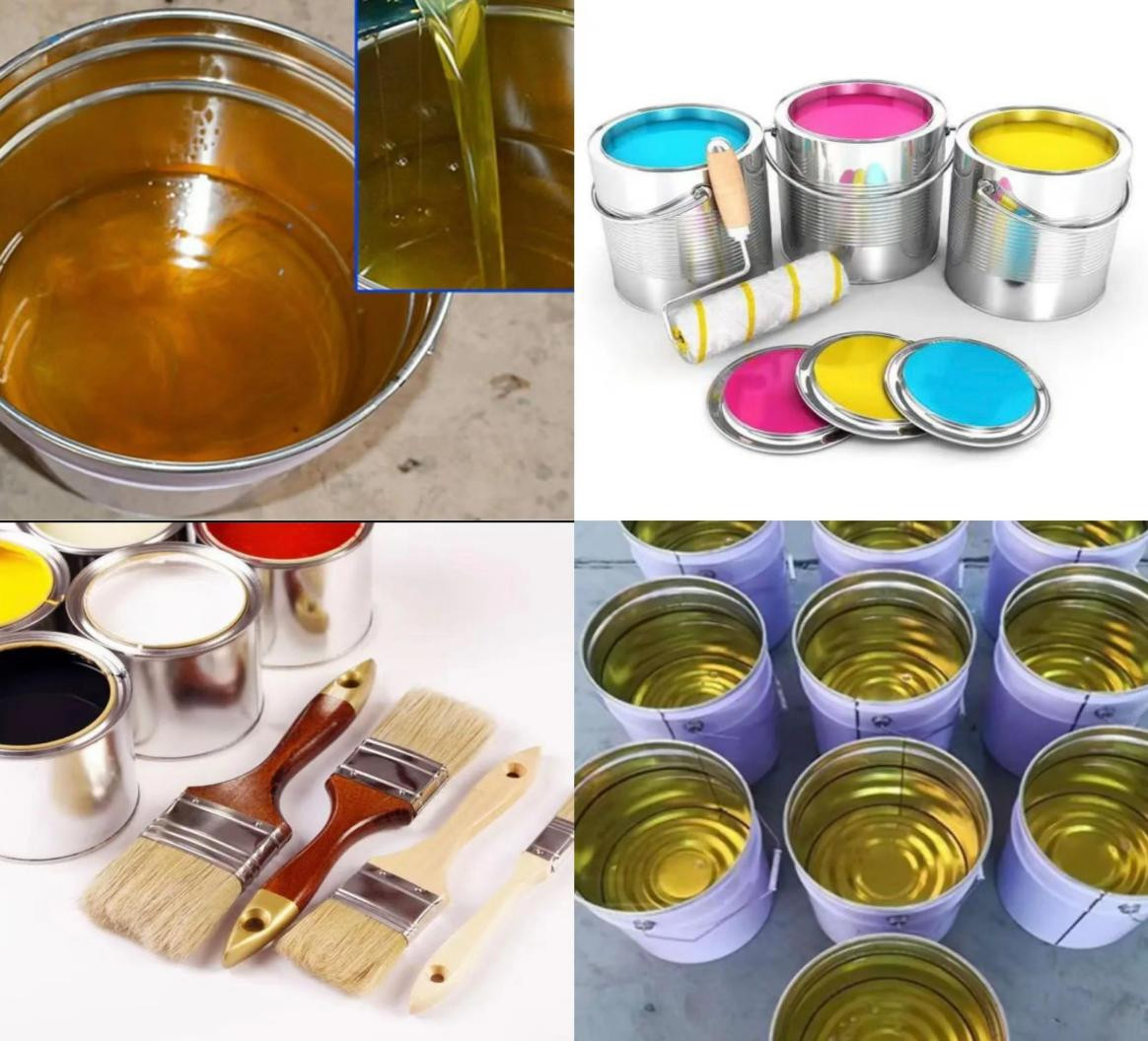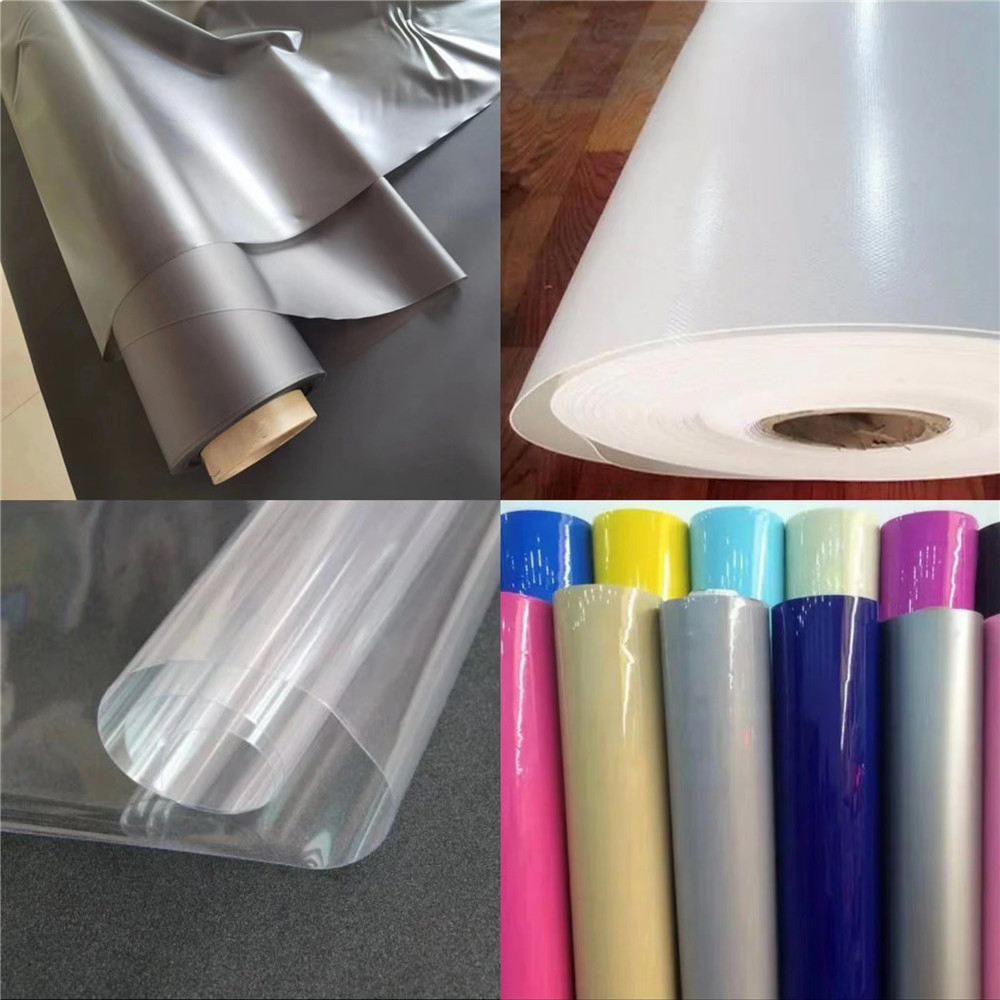THE ROLE OF CPE IN PVC WOOD-PLASTIC COMPOSITES
Using CPE and PVC blended plastic doors and windows, the elasticity, toughness and low temperature performance are greatly improved, and the weather resistance, heat resistance and chemical stability are good.
PVC tree-plastic composite materials are mainly composed of PVC resin and fillers. Through compounding with plant fibers, adjustment of formula technology, and physical mixing modification with modifier CPE (chlorinated polyethylene) (with incremental effect and Modification effect), which can improve the hardness, rigidity, strength, heat resistance and flame retardancy of the product (within the allowable range of physical property requirements, the higher the chlorine content of CPE, the better the flame retardancy effect), increase the tensile strength, improve The brittleness and creep resistance of PVC.
The extrusion molding mechanism of PVC tree-plastic composite materials is quite different from that of ordinary plastic materials. Since the main component of plant fiber is cellulose, cellulose contains a large number of hydroxyl groups, and these hydroxyl groups form intermolecular hydrogen bonds, which make plant fibers have strong polarity and water absorption. On the other hand, most thermoplastic materials are non-polar and hydrophobic, so the compatibility between the two is extremely poor, the bonding force at the interface is small, and the filling amount of plant fibers is large, so the fluidity and processability of the material become poor , kneading and extrusion molding become difficult. Therefore, improving the formulation of wood-plastic composite materials has played a good role in improving molding processing and product performance.
CPE was originally developed rapidly as a PVC modifier, and modified PVC is still one of the most important application fields of CPE. CPE has excellent filling properties, and a large number of various fillers can be added to improve its tensile properties, compression and permanent deformation, and reduce costs. The use value of the modified PVC is also improved.

In CPE modified software and hard PVC products, compared with other polymers such as PE and PP, the flame retardant effect is particularly significant. Many hard PVC products are modified with a CPE modifier with a chlorine content of 36%, and its maximum impact strength is usually obtained by CPE with chlorine atoms randomly distributed on the polyethylene main chain. Therefore, this modifier can be greatly improved in terms of processability, dispersibility, and impact strength.
APPLICATION OF CPE ON WIRE INSULATION LAYER, TIRE, BELT

Since the CPE molecule does not contain double chains, it has good weather resistance, flame resistance, thermal stability better than PVC, low cost and excellent performance. Soluble in aromatic hydrocarbons and halogenated hydrocarbons, insoluble in aliphatic hydrocarbons, decomposes above 170 ° C, and releases hydrogen chloride gas. It has a stable chemical structure, excellent aging resistance, flame resistance, cold resistance, weather resistance, free coloring, resistance Chemical resistance, ozone resistance and electrical insulation, good compatibility and processability, can be blended with PVC, PE, PS and rubber to improve its physical properties.
CPE is a new type of synthetic material with a series of excellent properties. It is an excellent impact modifier for PVC plastics and a synthetic rubber with good comprehensive properties. It has a very wide range of applications and has been widely used in cables, wires, hoses, tapes, rubber and plastic products, sealing materials, and flame-retardant conveyor belts. , Waterproof membrane, film and various profiled materials and other products. CPE can also be blended with polypropylene, high and low pressure polyethylene, ABS, etc. to improve the flame retardancy, aging resistance and printing performance of these plastics. CPE can be regarded as a random copolymer of ethylene, polyethylene and 1.2-dichloroethylene. Its molecular chain is saturated and polar chlorine atoms are randomly distributed. Because of its excellent physical and chemical properties, it is widely used in machinery and electricity. , chemical, building materials and mining industries. CPE heat resistance, ozone resistance and weather resistance, aging resistance is better than most rubber, oil resistance is better than nitrile rubber (ABR), neoprene (CR), aging resistance is better than chlorosulfonated vinyl chloride (CSM); acid resistance, Alkali, salt and other corrosive properties, non-toxic, flame retardant, no explosion hazard.
APPLICATION OF CPE IN INK
Chlorinated polyethylene can be processed by injection molding and extrusion molding. However, since CPE contains a large number of chlorine atoms, a certain proportion of heat stabilizers, antioxidants and light stabilizers should be added to CPE before molding to protect the stability of its composition and performance. Low-chlorine CPEs are also available in rotational molding and blow molding.
At present, chlorinated polyethylene is mainly used as a modifier for PVC, HDPE and MBS in the plastic product industry. After mixing a certain proportion of CPE in polyvinyl chloride resin, it can be extruded into products such as pipes, plates, wire insulation coatings, profiles, films, shrink films, etc. with general PVC processing equipment; it can also be used for coating, compression molding, etc. Plastic, lamination, bonding, etc.; used as a modifier for PVC and PE, which can improve product performance, improve the elasticity, toughness and low temperature performance of PVC, and reduce the embrittlement temperature to -40°C; weather resistance , heat resistance and chemical stability are also superior to other modifiers; as a modifier for PE, it can improve the printability, flame retardancy and flexibility of its products, and increase the density of PE foam.
Chlorinated polyethylene resin is a new type of synthetic material with a series of excellent properties. It is an excellent impact modifier for PVC plastics and a synthetic rubber with good comprehensive properties. It has a very wide range of applications and has been widely used in cables, wires, hoses, tapes, rubber and plastic products, sealing materials, and flame-retardant conveyor belts. , Waterproof membrane, film and various profiled materials and other products. CPE can also be blended with polypropylene, high and low pressure polyethylene, ABS, etc. to improve the flame retardancy, aging resistance and printing performance of these plastics. CPE can be regarded as a random copolymer of ethylene, polyethylene and 1.2-dichloroethylene. Its molecular chain is saturated and polar chlorine atoms are randomly distributed. Because of its excellent physical and chemical properties, it is widely used in machinery and electricity.

chemical, building materials and mining industries. CPE heat resistance, ozone resistance and weather resistance, aging resistance is better than most rubber, oil resistance is better than nitrile rubber (ABR), neoprene (CR), aging resistance is better than chlorosulfonated vinyl chloride (CSM); acid resistance, Alkali, salt and other corrosive properties, non-toxic, flame retardant, no explosion hazard.
Mainly used in: wire and cable (coal mine cables, wires specified in UL and VDE standards), hydraulic hoses, automotive hoses, tapes, rubber sheets, PVC profile pipe modification, magnetic materials, ABS modification, etc.
APPLICATION OF CPE IN FILM
1. Plasticizers and antioxidants used in rubber and plastics are more effective in semi-rigid and soft PVC, especially in injection molding and secondary processed products. Use CPE as PVC plasticizer, no fading, no migration, no extraction, and has ozonation resistance and corrosion resistance, good compatibility. When making films, artificial leather, shoe soles, hoses, etc., it can increase softness, colorability and prolong the service life of products. It is used to manufacture anti-corrosion pipelines, wires, plates, and pressed parts for oil fields, and its price is 30% to 40% lower than other modified PVC. Flame-retardant and cold-resistant impact-resistant foam can be made by blending CPE with PE and PP, and its performance is better than that of polyurethane and polystyrene foam. Using CPE as a permanent plasticizer for ABS, AS, PS, etc. for the production of home appliance shells, liners, auto parts, electronic and electrical accessories, and flame-retardant tapes can reduce costs.
2. Used in rubber composite materials CPE is a special synthetic rubber with excellent performance, especially suitable for wires and cables with high requirements on heat resistance, flame retardancy and electrical properties, and high flame-retardant conveyor belts. It can also be used for oil pipelines, building waterproof membranes and chemical equipment linings, etc. The vulcanized rubber made of CPE elastic base material is superior to neoprene in terms of wear resistance, dielectric properties, heat resistance, aging resistance, oil resistance, etc. Similar to rubber, its cost is lower than that of neoprene and nitrile rubber, and it can be used in the wire and cable industry, automotive parts, high temperature and oil resistant hoses, hoses, etc. The gas resistance of CPE is similar to that of chlorinated rubber. In addition, CPE is also widely used in various rubber products.

3. CPE blend CPE/styrene/acrylonitrile copolymer has high impact resistance, flame retardancy, weather resistance and low temperature resistance, and its application field can compete with ABS. CPE/styrene/methacrylic acid copolymer has high impact strength, transparency and weather stability. Blending CPE with NBR can improve various comprehensive properties of NBR and can be used to produce oil-resistant rubber hose. CPE can be used together with SBR to produce rubber hoses and waterproof membranes; used together with general-purpose rubber, it can be used as rubber products such as rain cloths, colored bicycle tires, flame-retardant air ducts, and cables. In Japan, mostly CPE is blended with rubber and plastic materials to improve processing performance, product appearance and internal quality. With the increase of CPE output and the improvement of processing technology, CPE/EVA blends can also be produced, which have good dimensional stability and are used to produce plates preserved at low temperatures. CPE/chlorinated styrene is used in the manufacture of electrical insulators, flame retardant foams, coatings, etc.
4. CPE for special coatings and waterproof membranes can be made into special coatings, such as anti-corrosion coatings, anti-fouling coatings, waterproof coatings, etc., to replace other coatings. CPE/PVC is blended to make a waterproof membrane, which is a mid-grade waterproof material. Its weather resistance, ozone resistance, and flame retardancy are similar to those of high-grade ethylene-propylene rubber membranes, and it has low cost and good construction performance. Dissolving CPE in common solvents can make anti-corrosion coatings. After blending CPE with asphalt, etc., it is often used to manufacture roof waterproof coatings with better performance.
5. High-chlorinated polyethylene High-chlorinated polyethylene has a chlorine content of 61% to 75%. It is a hard, heat-resistant, high-strength glass-like product, and a film-forming material with excellent properties. It can be mixed with alkyd paint, epoxy resin, phenolic, unsaturated polyester, polyacrylate, etc. to make anti-corrosion coatings with good chemical stability. Its flame retardancy, corrosion resistance, weather resistance, and elasticity are all better than chlorinated rubber. Alternative to chlorinated rubber. Highly chlorinated polyethylene has good adhesion properties to metal and concrete, so it has an effective protective effect on these materials. Highly chlorinated polyethylene has good miscibility with inorganic and organic pigments, and can be used to make flame-retardant coatings.
6. Other applications Adding CPE to fuel oil can lower its freezing point, and additives for gear oil can improve the oil's resistance to pressure. Adding CPE to cutting oil and drilling oil can improve the service life of tools. In addition, CPE is also used in leather softeners and thickeners of printing inks, etc., and its application range is constantly expanding.
WHAT IS THE ROLE OF ADDING CPE IN PLASTIC PRODUCTION?
Chlorinated polyethylene (CPE) is a saturated polymer material, the appearance is white powder, non-toxic and tasteless, it has excellent weather resistance, ozone resistance, chemical resistance and aging resistance, and has good oil resistance, flame retardancy and coloring performance. Good toughness (still flexible at -30°C), good compatibility with other polymer materials, high decomposition temperature, decomposition to produce HCl, HCL can catalyze the dechlorination reaction of CPE. Chlorinated polyethylene is a polymer material made from high-density polyethylene (HDPE) through a chlorination substitution reaction. According to different structures and uses, chlorinated polyethylene can be divided into resin type chlorinated polyethylene (CPE) and elastomer type chlorinated polyethylene (CM). In addition to being used alone, thermoplastic resins can also be blended with polyvinyl chloride (PVC), polyethylene (PE), polypropylene (PP), polystyrene (PS), ABS and even polyurethane (PU). In the rubber industry, CPE can be used as a high-performance, high-quality special rubber, and can also be used with ethylene-propylene rubber (EPR), butyl rubber (IIR), nitrile rubber (NBR), chlorosulfonated polyethylene (CSM), etc. Other rubber blends are used.





